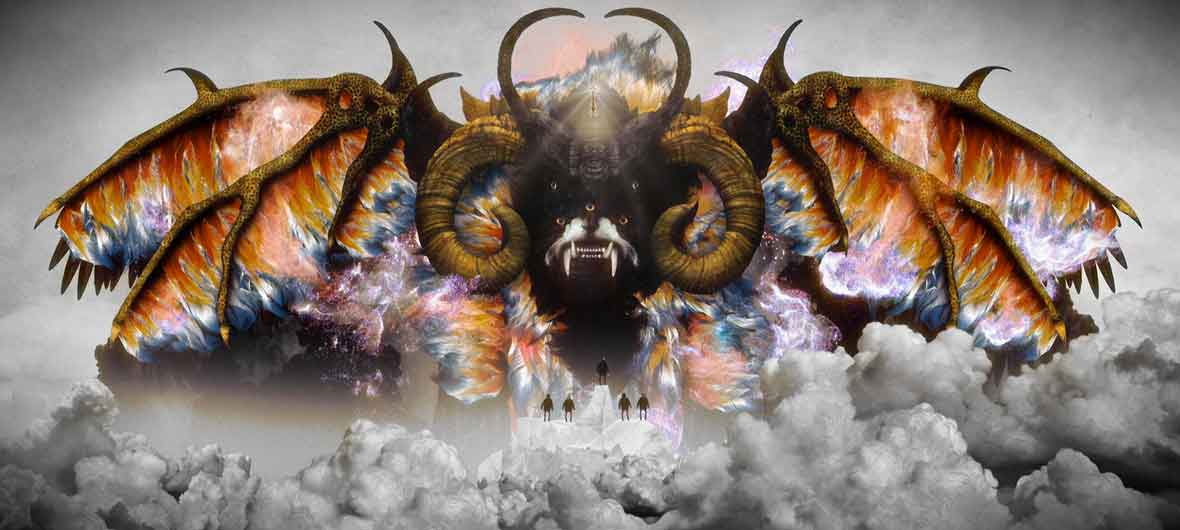How to write a Research Proposal?
What to write in a Research Proposal?
First, let’s define what research is? According to my understanding and knowledge of the subject, research can be defined as
“It is a process
involving systematic and controlled investigation of a problem, using
multiple materials, resources, references and experiments, with aim to
better understand and provide an agreeably valid and relevant new
solution to that problem, with new or better outcomesand improved results reaching to an exclusive novel conclusion.” {Dr. Zeeshan Bhatti}
A Research proposal is a comprehensive statement or document of research programme and plan, that each student has to carry out. Writing a research proposal can be a daunting task, if the student is not aware of few intricate details about what to put in a research proposal. Research proposal can be of multiple types and for numerous reasons. For example,you
may need to write a research proposal for Masters/MPhil, PhD, for
applying in a university, for scholarship, for grants or funding, or for
any other academic reason. Each of these types mentioned has their own
formats and standardised requirements. In this article, I will discuss the basic generalized format and requirements regarding writing a research proposal, and what to put inside it.
In order to write a research proposal, few general and basic things are needed but are not extremely important in the beginning.
1. Introduction or background of the field: Give brief overview of the area/field of research with specific information over the topic of the proposal.
2. Literature Review: Literature review or survey
of previously published research papers, from last five years is
recommended but at this level you can search and include papers from
last 10 years. For Proposal, number of papers can be between 10 to 20.
3. Problem Definition: What is the problem? Is it identified through the literature survey or through supervisor or through your own experience? (It is not necessary that you know the exact solution of the problem at this point).Problem Definition, Problem Statement.
4. Research Objectives: Identify and list the research Questions and Hypothesis. Provide 3 to 5 Key achievable goals or targets to be achieved.
5. Scope: This part usually involves - what is to be considered and covered in research? How much
the problem is expected to be solved, what are the parameters needed for the research work.
6. Methodology: This involves one or more than one method, algorithm or technique, required and will be used to solve the problem. Formulate your research design, provide, flowcharts, system diagrams, etc. as necessary.Explain
the methods used in study such as library research, lab work, field
work, historical documentary, interview, survey, evaluation and
analysis, etc.
7. Testing and Analysis: A very important part is the analysis and testing the results- now this depends upon the research design. At this point, just define how you plan to test, evaluate and validate your results.
8. Conclusion: Expected outcome, this is the result yet expected.
9. References: other things involve are the references, citation and so on.
The above is a brief format for a proposal. Many
this can be added or removed from it as appropriate and depending on
the subject area of research. The aim here is to generalize a set of
guidelines that would facilitate each researcher in writing their
research proposals.
Based
on these guidelines, following simple template has been designed to
further assist each student in writing and formatting their proposals. It should be within 12 – 20 pages, containing words between 6000 to 10000.
TEMPLATE FOR RESEARCH PROPOSAL
COVER PAGE
MASTER /PHD Research PROPOSAL
Topic
Prepared by
Matric No
Supervised by
Date Submitted
CONTENT
Abstract
1. Introduction
1.1 Overview
1.2 Problem Definition
1.3 Problem Statement
1.4 Research Objectives
1.5 Scope (What your research will cover)
1.6 Significance of your Research / Scientific Contribution
2. Literature Review
2.1 Introduction
2.2 Review of past research
3. Research Methodology
3.1 Research Design / Plan
3.2 System Architecture / Overview
3.3 Algorithms/ Techniques / Survey / Interviews
3.4 Testing /Validation / Evaluation
4. Conclusion
4.1 Preliminary Findings ( if any)
4.2 Conclusion and Plan of Work
5. References
DR. ZEESHAN BHATTI
|




